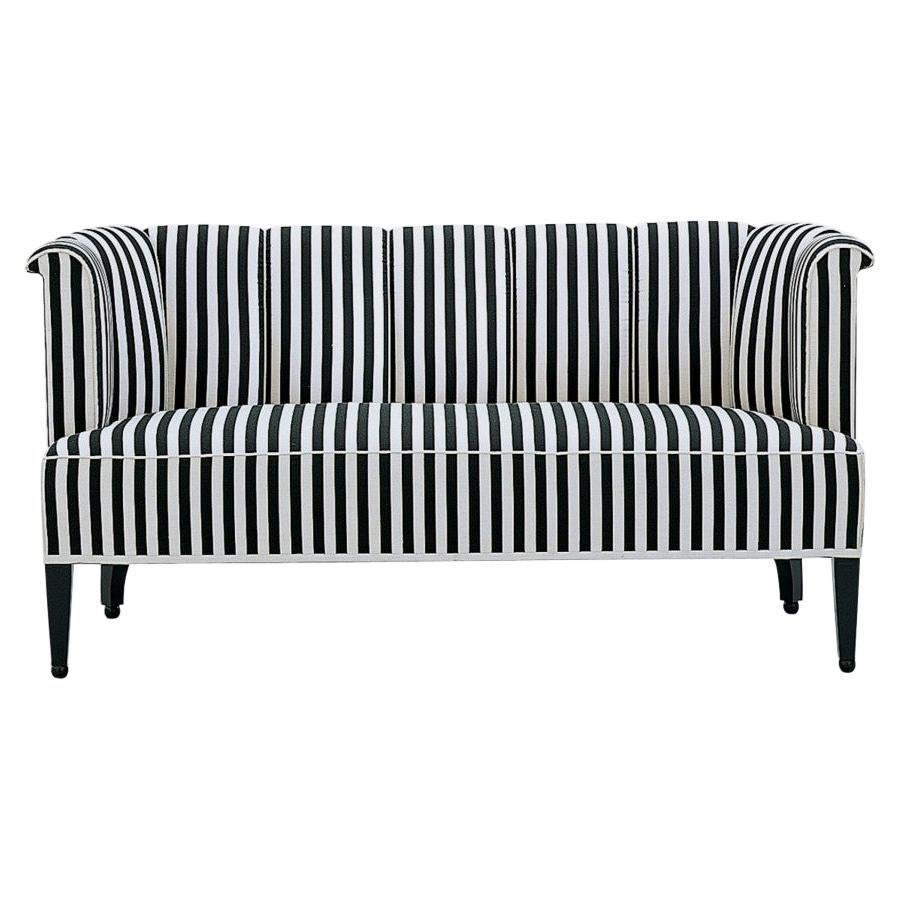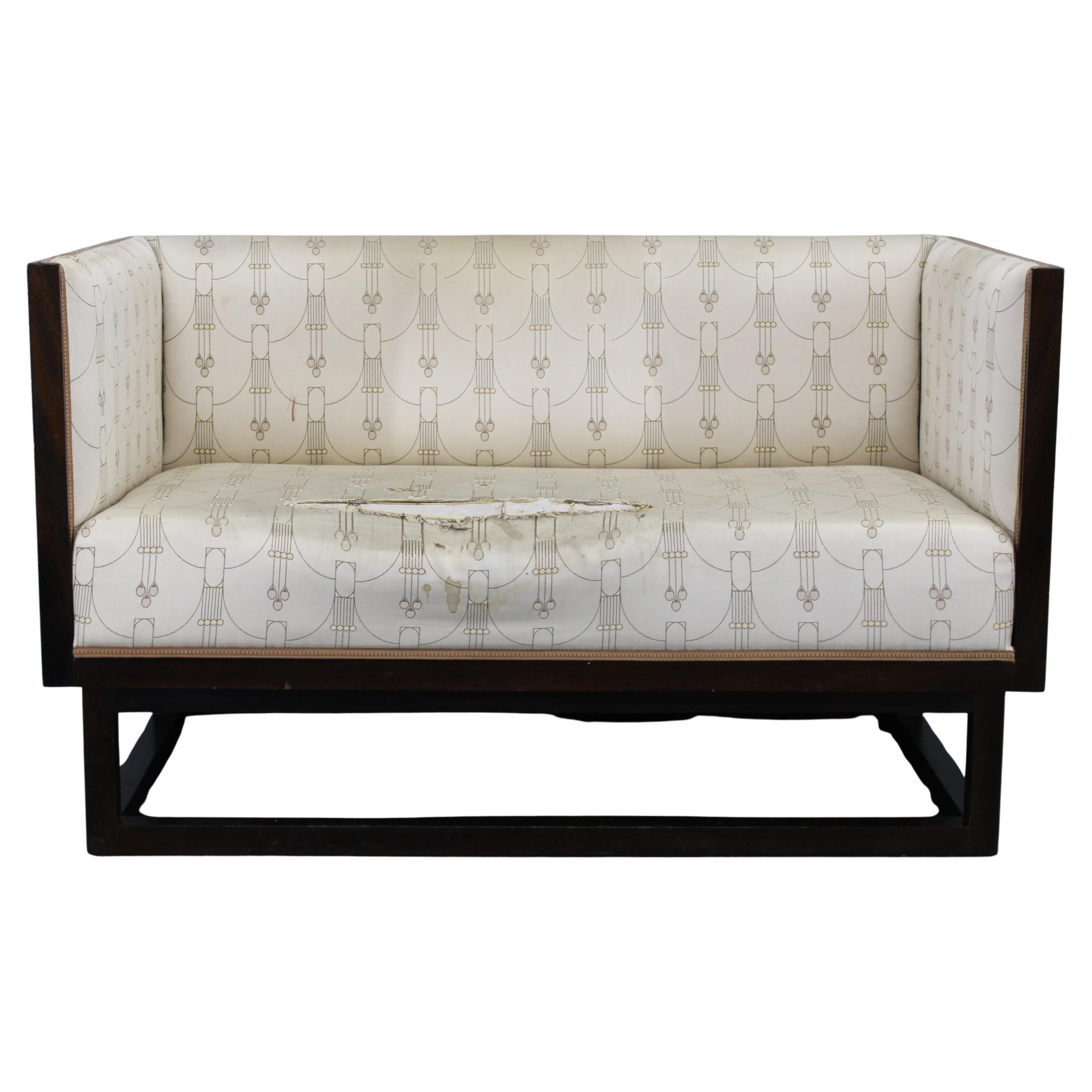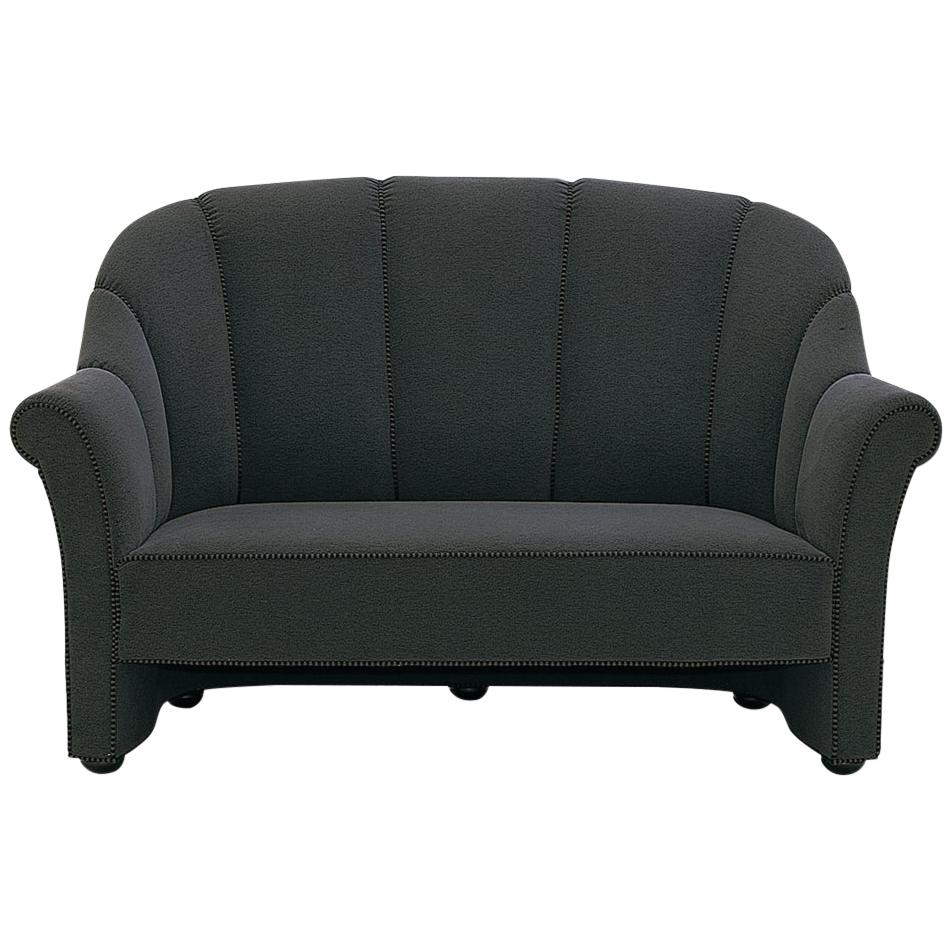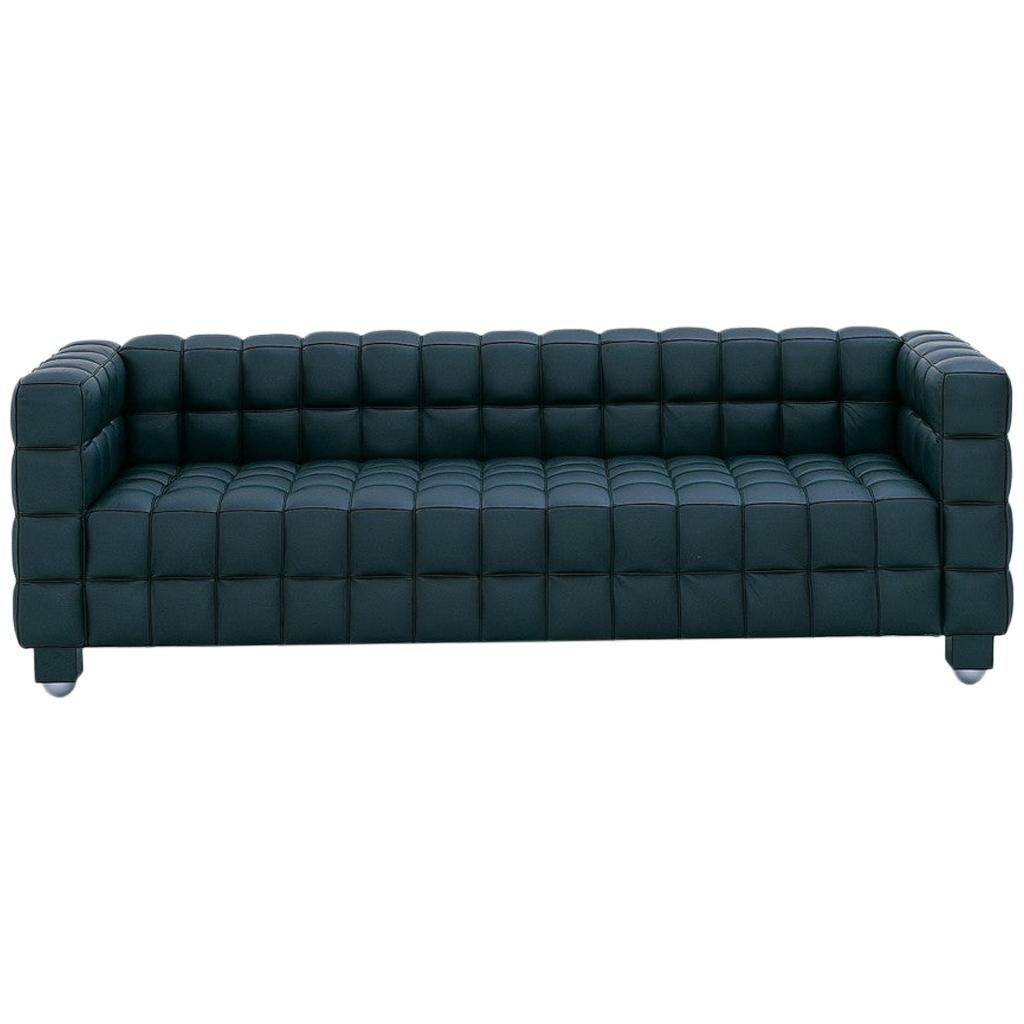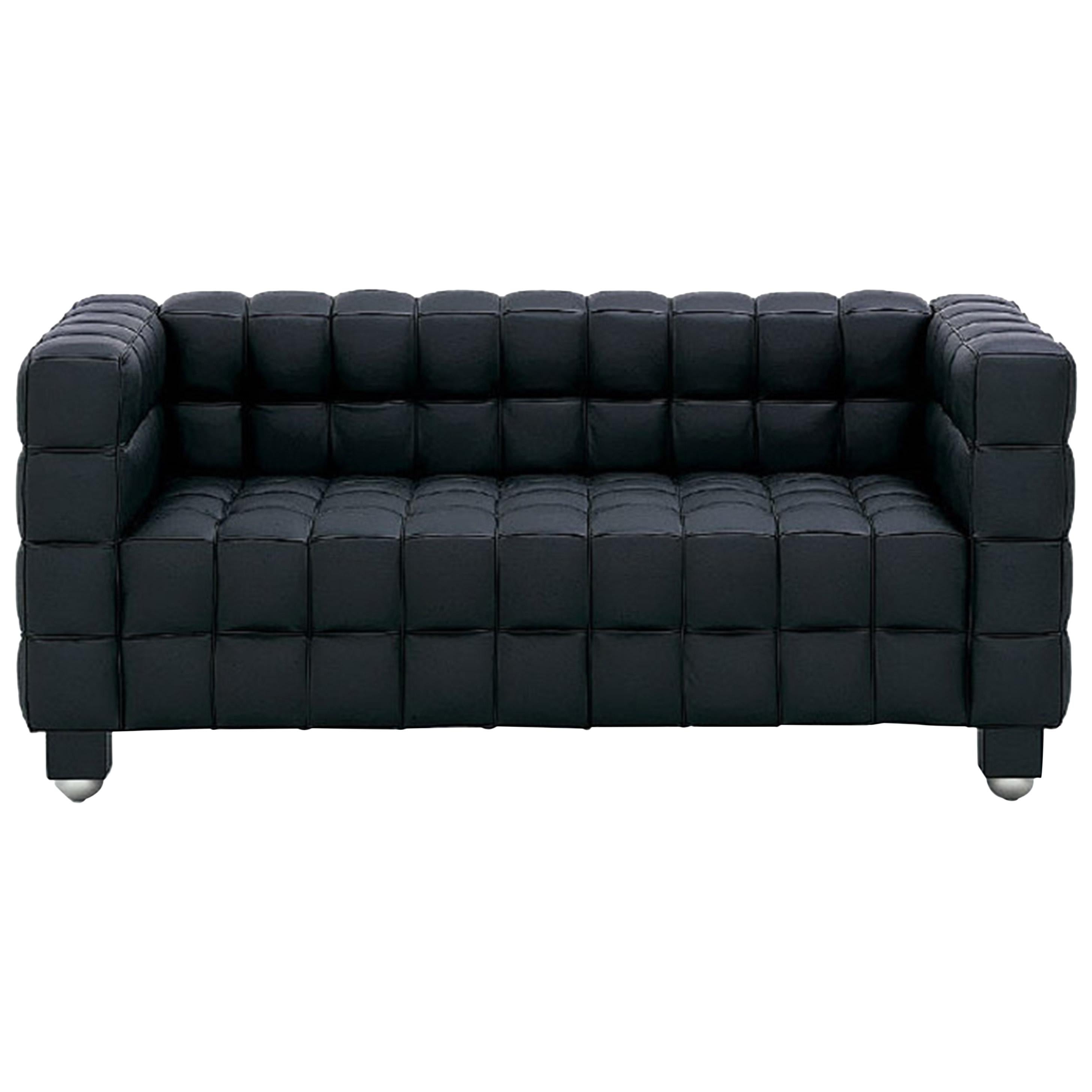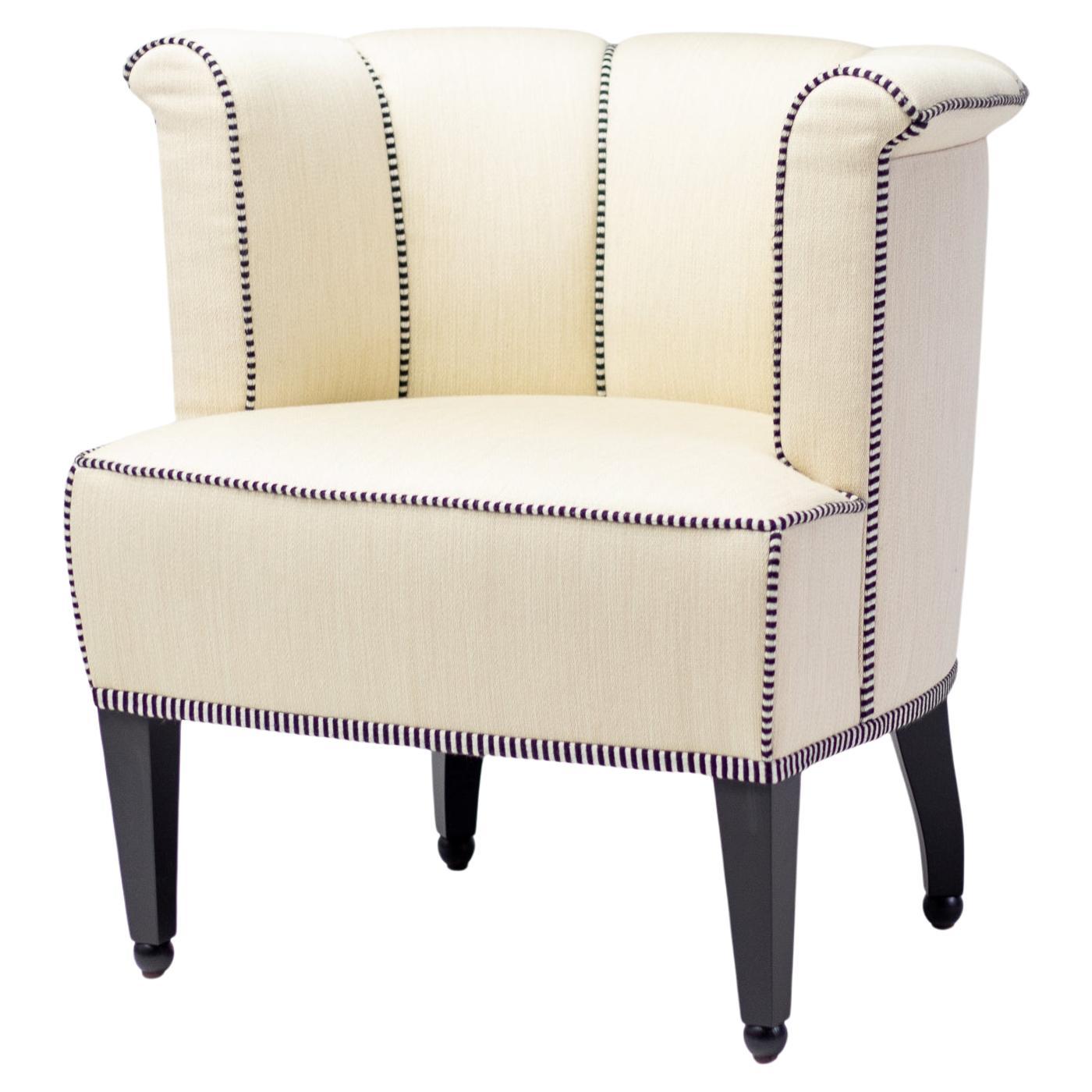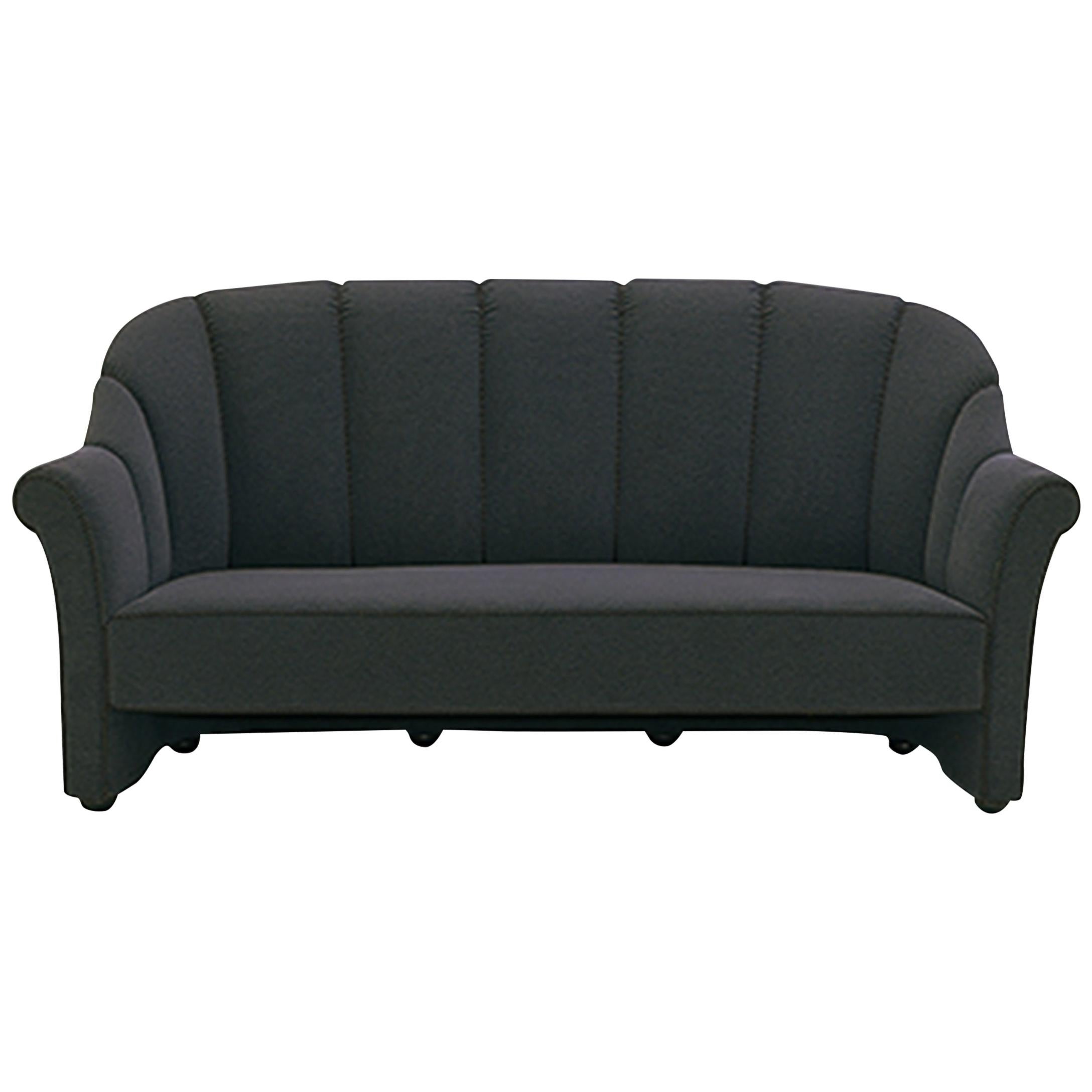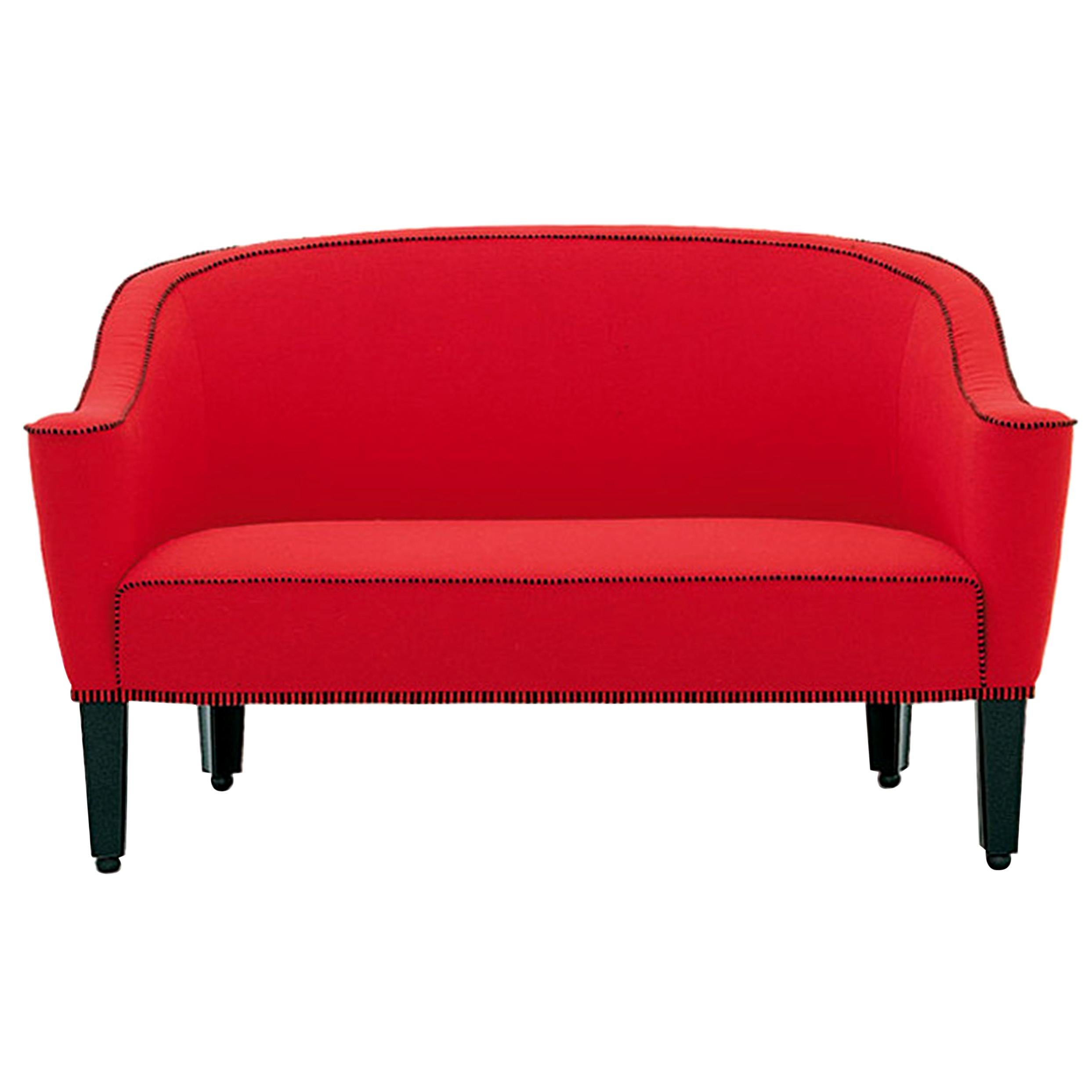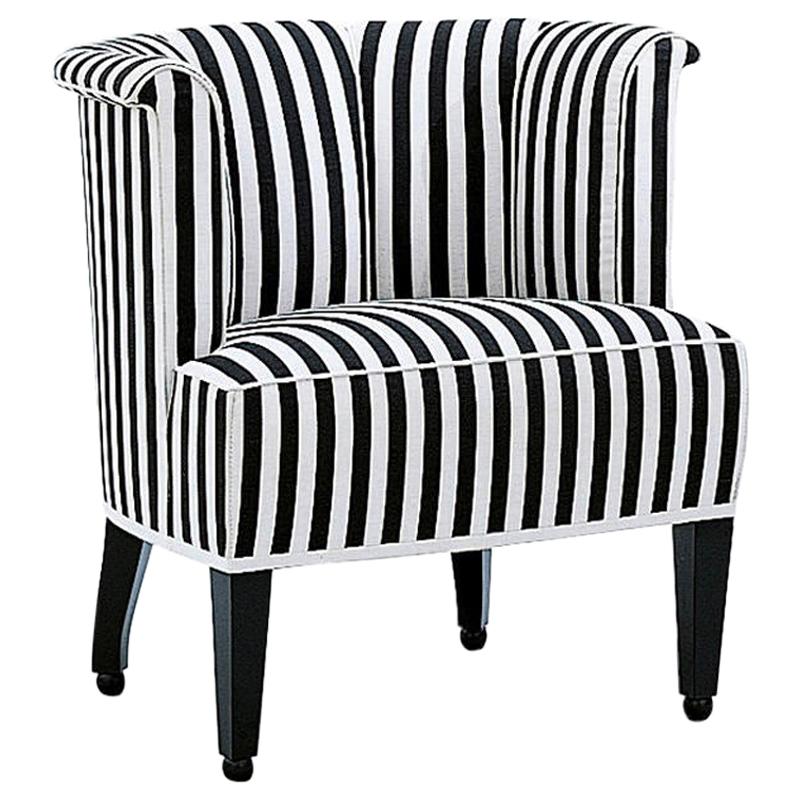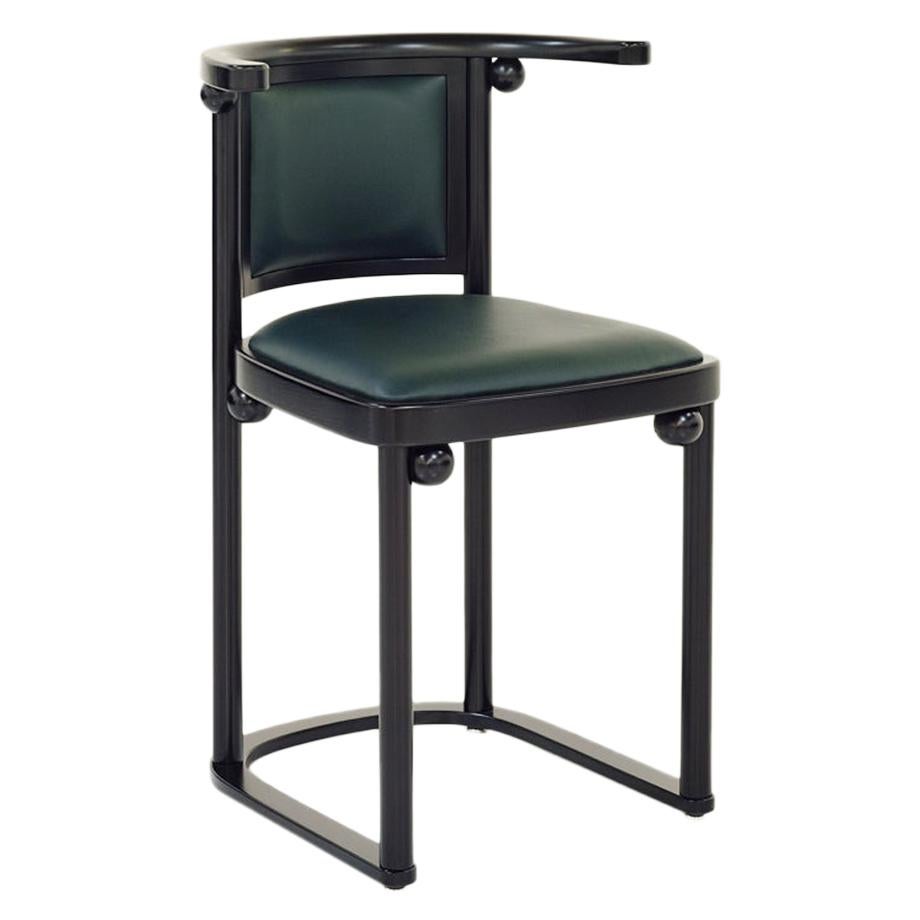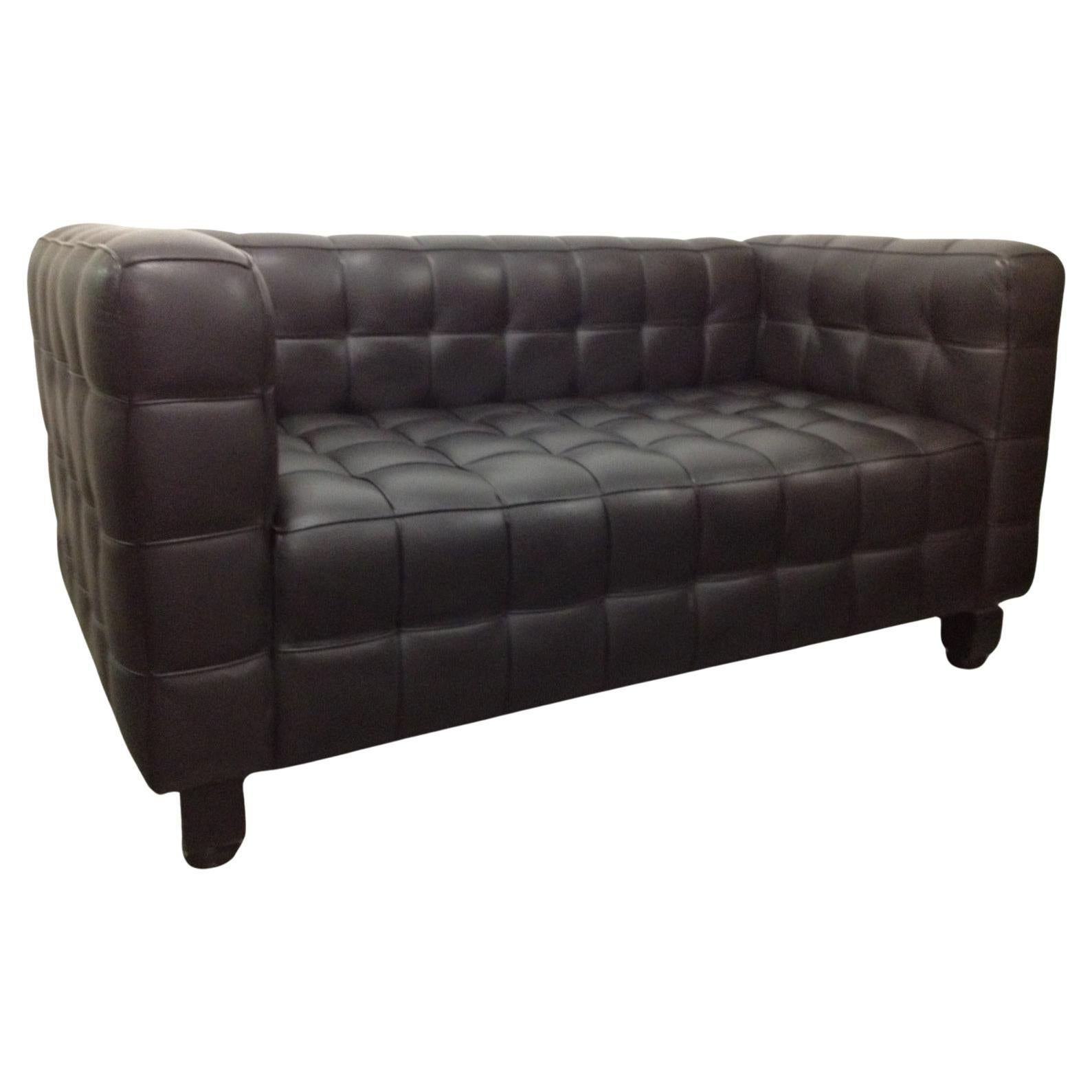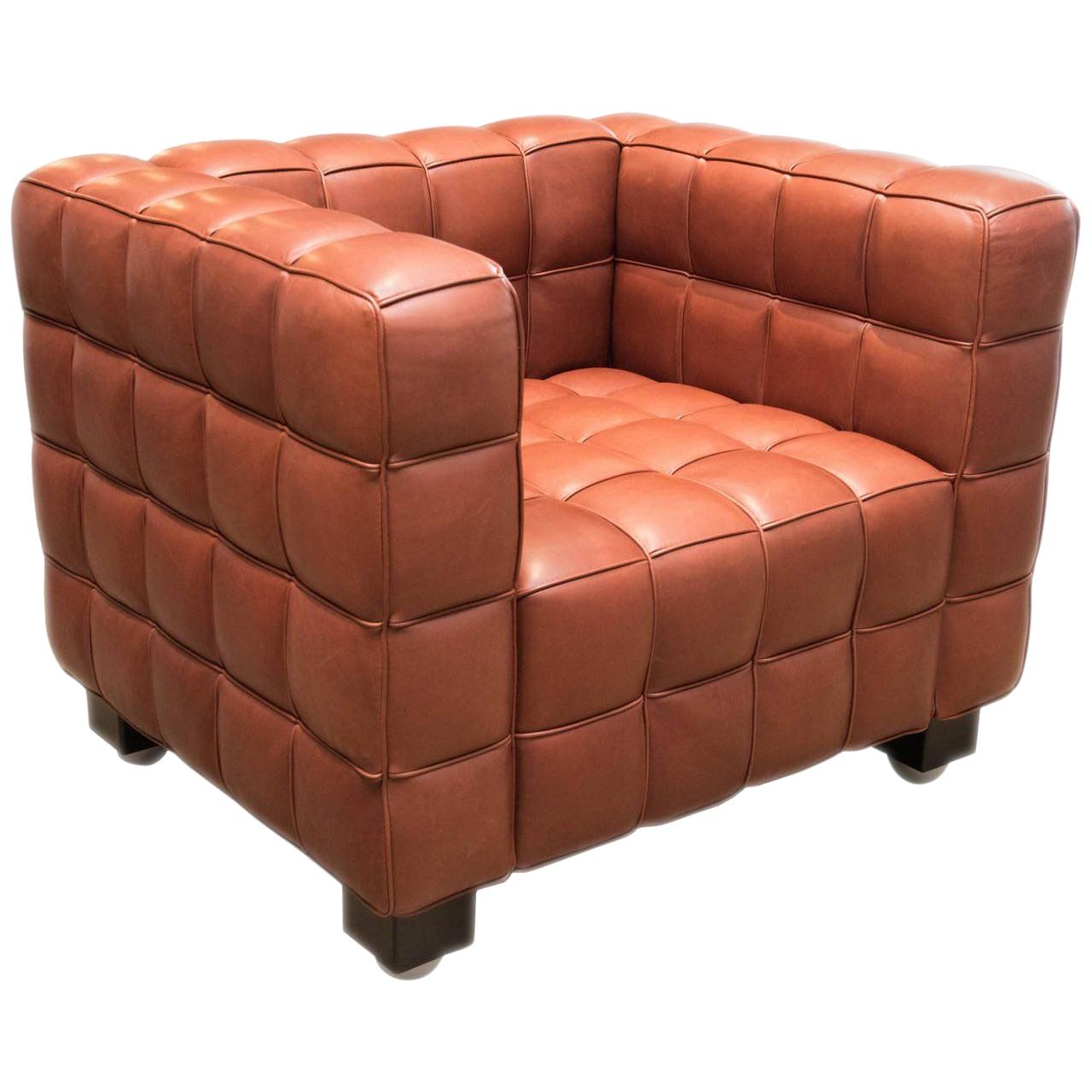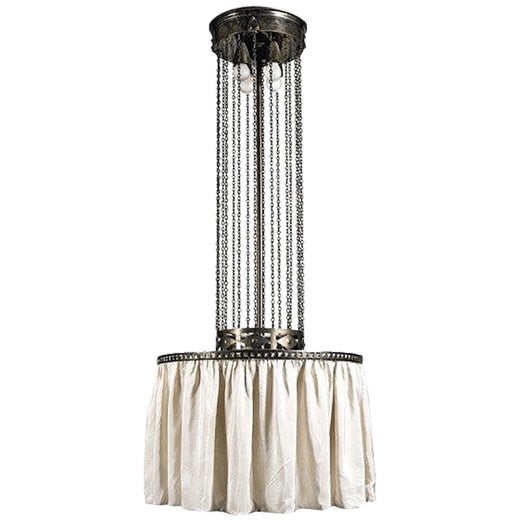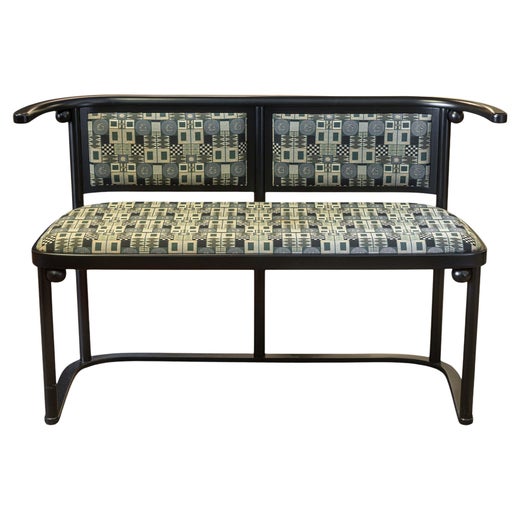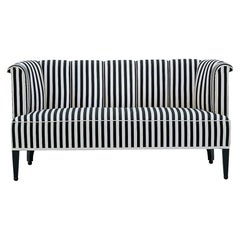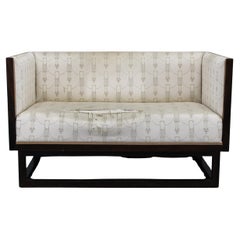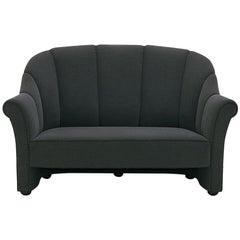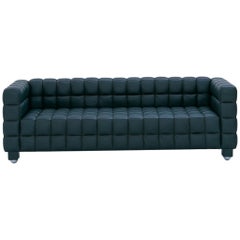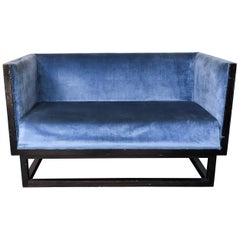
Josef Hoffmann Cabinet Sofa Loveseat by Wittmann 1903
View Similar Items
Josef Hoffmann Cabinet Sofa Loveseat by Wittmann 1903
About the Item
- Creator:Josef Hoffmann (Designer),Wittmann (Manufacturer)
- Dimensions:Height: 30 in (76.2 cm)Width: 49.75 in (126.37 cm)Depth: 26.75 in (67.95 cm)Seat Height: 17.25 in (43.82 cm)
- Materials and Techniques:
- Place of Origin:
- Period:
- Date of Manufacture:circa 1980
- Condition:Wear consistent with age and use. Minor structural damages. Structurally great condition. Lots of wear and tear throughout as shown in photos, frames and upholstery would benefit from restoration.
- Seller Location:Hawthorne, CA
- Reference Number:1stDibs: LU6500230268112
Josef Hoffmann
The Austrian architect Josef Hoffmann was a central figure in the evolution of modern design, and a leader in an aesthetic movement born in Europe in the late 19th century that rejected florid, extravagant ornamentation in favor of a new emphasis on simplicity of line.
As a founder of the Vienna Secession — a union of artists and designers determined to upend Austria’s artistic conservatism — and later, a founder of the turn-of-the-century Wiener Werkstätte (in English: the Viennese Workshops), a design cooperative that produced superbly crafted furniture and housewares, Hoffmann was a pioneering practitioner of what would become a fundamental principle of modernism: that good design is a way of life.
Hoffmann came of age amidst a shift in the culture of the applied arts, as a conservative order that looked only to the past for inspiration was pushed aside. But what, exactly, would replace that order was in question — and Hoffmann’s career embodies the developing patterns of design’s new spirit. His architectural work reflects his time as a student of the Vienna architect Otto Wagner, who disdained excessive decoration and employed new materials such as steel girders and reinforced concrete to create buildings with airy, open interiors full of light.
As a designer of furniture and interiors, Hoffmann was consistently open-minded about the aesthetics he explored. He was an early adherent of the flowing, organic forms of the Art Nouveau design movement that began to flourish in the late 1880s — but by the opening of the Wiener Werkstätte in 1903, Hoffmann’s designs embraced the beauty of geometry in pieces that feature grids and angular forms.
Hoffmann’s greatest works reflect his ability to combine seemingly conflicting design visions into coherent wholes. His architectural masterpiece, the Stoclet Palace in Brussels, has an exterior that groups together simple geometric forms and spacious interiors marked by subtly naturalistic design details that lend rooms an air of charm and geniality.
Hoffmann’s signature furniture design is an adjustable lounge chair — the Sitzmaschine (1905) — that marries a curving frame with square and rectangular back- and side rests. This piece, like so many others by Hoffmann, reflects a groundbreaking, forward-thinking appreciation for the union of different looks and sources that marks the best of interior design in our own day. Moreover, items offered on 1stDibs — which range from enameled silver jewelry, to silver flower vase baskets and other decorative objects, to sofas, lighting pendants and sconces — testify to the astonishing breadth of Hoffman’s creative pursuits. He was truly a giant of design.
Wittmann
Wittmann has a long tradition of uncompromising commitment to producing furniture of the highest quality. From its beginning, the Austrian company’s seating and bedroom furniture, such as armchairs and daybeds, have been fashioned from the most durable woods, like teak and oak, and upholstered in fine leather and fabrics.
Wittmann started in 1896 as a saddlery. In the 1950s, under the direction of Franz Wittmann, it began creating upholstered furniture. The company quickly made a name for itself by manufacturing quality pieces, with a focus on seating and bedroom furnishings.
Wittmann has regularly worked with major designers, with many collaborations leading to long-term partnerships. Austrian architect Johannes Spalt, French architect Jean Nouvel and Italian architect Paolo Piva have all had successful partnerships with the company.
The company’s most enduring collaboration was with Austrian designer Josef Hoffmann, a central figure in the modern furniture movement of the mid-20th century. Hoffmann moved away from extravagant ornamentation and embellishment in favor of showcasing the beauty of construction that shows through with a simple, well-crafted design. Though its mid-century modern furniture was intentionally simplistic, Wittmann incorporated color and texture into its offerings, providing some added flair compared to the popular Scandinavian modern works coming out of Denmark.
Drawing on this rich heritage, Wittmann continues to hand-make furnishings. It has stores in Vienna, Hamburg and Seon in Switzerland, and exports over 15,000 pieces each year to over 50 countries worldwide.
On 1stDibs, explore Wittmann’s Austrian take on modern furniture with seating, tables, storage pieces and more.
You May Also Like
2010s Austrian Sofas
Fabric, Leather
Vintage 1980s Austrian Mid-Century Modern Sofas
Fabric, Wood
2010s Austrian Armchairs
Leather, Fabric
2010s Austrian Sofas
Leather
2010s Austrian Sofas
Leather
2010s Austrian Art Deco Armchairs
Wool, Beech
